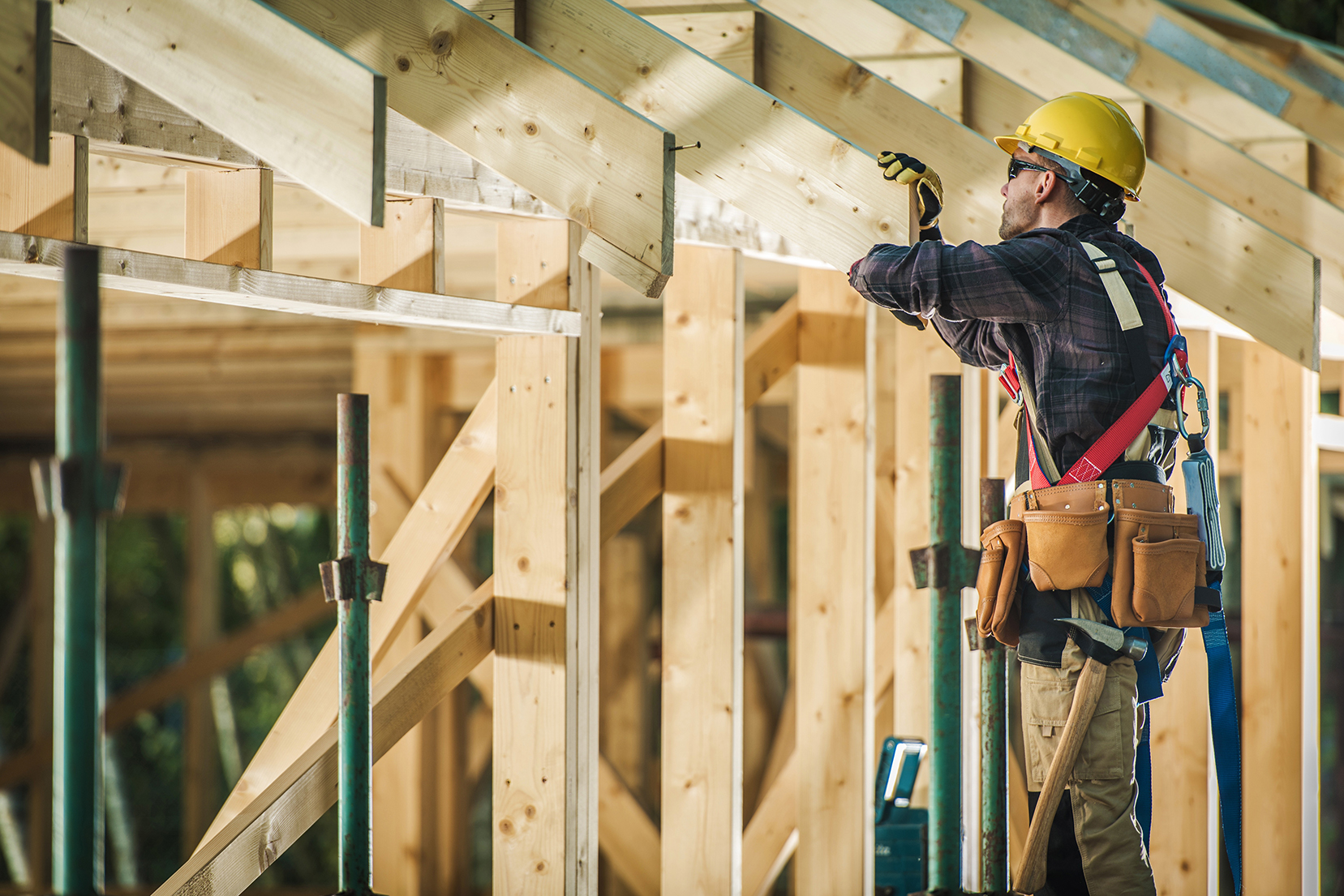The resurgence of wood as not just an aesthetic option but a core construction material revolutionizing the building sector. The use of wood, and particularly mass timber and prefabrication, is a game-changer for architects, contractors, project managers, and construction owners alike.
Mass timber involves sticking pieces of soft wood, conifers like pine, spruce, or fir, or deciduous species such as birch, ash, and beech — together to form larger pieces. It’s a generic term that encompasses products of various sizes and functions, but the most common and most familiar form of mass timber is cross-laminated timber (CLT).
Why is this age-old material making such a vigorous comeback? The answer lies in a combination of evolved building codes and a better understanding of wood’s inherent benefits to construction, the environment, and human health and wellbeing.
Prefabrication Methods Open a New World of Efficiency and Precision
Mass timber construction is gaining momentum across the country, propelled by a surge of interest in sustainable building practices. Recent changes in building codes now accommodate greater heights and innovative designs using mass timber, further catalyzing its growth. With prefabrication methods, wood-based building components are created in controlled environments before being rapidly assembled on site, opening a world of efficiency and precision that was previously unattainable.
Speed and Savings
Wood, particularly when utilized in prefabricated elements, significantly accelerates the building process. According to the softwood lumber industry, “Mass timber buildings are roughly 25% faster to construct than concrete buildings and require 90% less construction traffic.” This speed is coupled with lower labor costs as wood’s lightweight nature and prefabricated components can be shipped to the construction site on a just-in-time basis requiring fewer workers for shorter periods.
A Healthy Environment, Inside and Out

Choosing wood isn’t just a choice for today but a commitment to tomorrow. Wood is a renewable resource, and when sourced responsibly, it promotes better forest management and biodiversity. The construction industry is notoriously impactful on the environment, but wood presents a means to break this pattern. It consumes less energy across its life cycle and acts as a carbon sink, effectively reducing greenhouse gas (GHG) emissions.
In the quest to create more sustainable urban landscapes, wood is an ally, posing less waste and pollution than traditional building materials. Beyond these extensive ecological benefits, wood also creates spaces that are psychologically soothing and aesthetically pleasing, fostering an innate connection to nature.
The Architectural Shift Toward a More Sustainable Future
What does this all mean for the construction decision-makers? With wood as a foundational material, we witness lower costs, not just in the short term but across the maintenance lifecycle of a building.
Furthermore, wood’s natural properties make it remarkably resilient:
- In the face of earthquakes, adding a layer of safety is crucial in seismic zones.
- Performing well in fire. The thing is large, solid, compressed masses of wood are quite difficult to ignite.
- The material being lighter can be built on urban land, e.g., brownfields, not suitable for heavy concrete construction.
- As a good natural insulator. Softwood in general has about one-third the thermal insulating ability of a comparable thickness of fiberglass batt insulation, but about 10 times that of concrete and masonry, and 400 times that of solid steel. That makes it particularly good for windows and doors.
Is it any wonder that architects and building designers are swiftly realizing wood’s potential to create structures that are both sound in construction and beautifully integrated into their natural surroundings?
Conclusion
Mitigating the environmental impact of the construction industry is no small feat, and it summons us to think beyond concrete and steel. Wood offers a versatile, durable answer that speaks not only to our need for speed and economy but also our responsibility to the environment and our collective wellbeing.
With greater acknowledgment and endorsement from national building codes, the era of wood in commercial construction is worth taking a deeper look at for architects, contractors, project managers, and owners.




